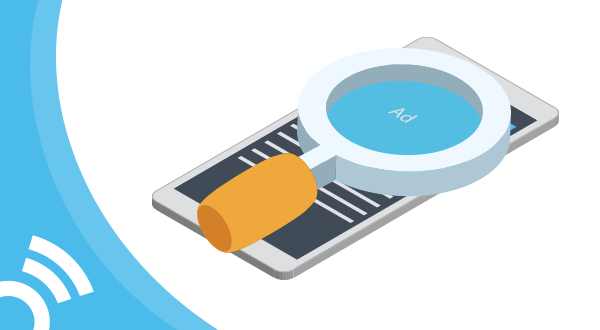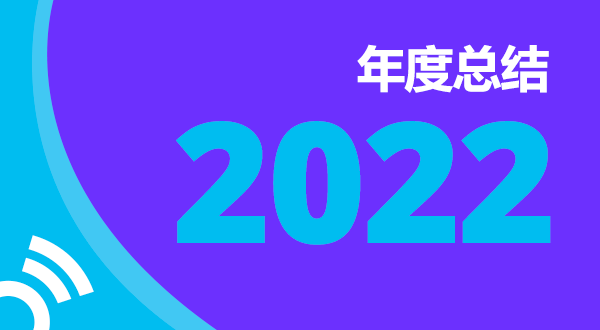In-app advertising is growing at a tremendous pace. Ad spending is up 4X since 2015 and this year accounts for $77 billion in the US alone, according to eMarketer. As in-app advertising scales quickly, it is important that transparency-building solutions scale equally fast. Fortunately, a few of those industry-wide solutions exist and are gaining popularity. Let’s take a closer look at these solutions, as well as who stands to benefit.
App-ads.txt
Who Needs to Implement? Publishers
Who Benefits? Advertisers benefit from a reduction in counterfeit inventory, and publishers benefit with higher levels of trust from advertisers.
Ads.txt has been extremely effective in limited web-based counterfeit inventory in programmatic advertising. In March 2019, the Interactive Advertising Bureau (IAB) brought this solution to apps with the app-ads.txt specification.
The solution is simple but effective. Publishers create a list of all their approved monetization partners and upload it to their website (e.g., www.publishername.com/app-ads.txt). Then, the publisher adds their website URL to the app store’s listed metadata. Advertisers and DSPs can access/crawl this text file on a regular basis (or use a central crawling service) and use the cached information to ensure they’re only buying inventory from authorized sellers. This cuts off dodgy resellers and domain spoofers, while also bringing increased transparency to the programmatic process.
For app-ads.txt to be truly successful, it’s important that all app publishers adopt this specification as soon as possible. The industry isn’t quite there yet, but the progress so far has been very promising.
Payment ID Chain (Pchain)
Who Needs to Implement? Intermediaries (SSPs and exchanges) and DSPs
Who Benefits? Legitimate sellers, and also the buyers, benefit from increased transparency.
Pchain has been around for several years. But it has become especially well-known with the growing popularity of the Certified Against Fraud seal from the Trustworthy Accountability Group (TAG). Implementing Pchain is a requirement for obtaining the TAG Certified Against Fraud seal.
Every Pchain node contains an intermediary ID (for SSPs) and an inventory source ID (for the entity being paid for the ad space). With these IDs, Pchain reveals the transaction history of the traffic the advertiser is buying and cuts off bad actors from receiving payment. It’s an effective tool, as it tells advertisers how many intermediaries were involved in the sale. This solution also helps improve Supply Path Optimization (SPO) for DSPs.
Sellers.json and OpenRTB SupplyChain Object
Who Needs to Implement? Intermediaries (SSPs and exchanges)
Who Benefits? Advertisers get much more transparency into what they buy, and the intermediaries build trust with this increased transparency.
App-ads.txt was just the first step in bringing transparency into who’s selling ad inventory. In April, the IAB Tech Lab introduced a two-part solution in the name of transparency: sellers.json and OpenRTB SupplyChain object. The public comment phase for these specifications closed on May 10, 2019, so the final specification might differ from what has been tested.
With sellers.json, SSPs and other intermediaries reveal all the publishers they’re working within a .json file that is uploaded to their website. It’s similar to app-ads.txt, but in this case, it’s the intermediaries revealing all the publishers they work with instead of the other way around.
The OpenRTB SupplyChain object specification takes transparency to the next level. It reveals the sellers and resellers involved in the ad impression through a set of nodes. Advertisers can then track the impression back to the original publishers. This end-to-end transparency is similar to what Pchain accomplishes, but the IAB is hoping for widespread adoption of this solution.
The Future of Transparency
As promising as all these measures are, the digital advertising industry still has a way to go before reaching the highest levels of transparency. Fortunately, progress is being made. These industry-wide solutions will offer improved market quality to buyers, sellers, and everyone else along the programmatic supply chain.




